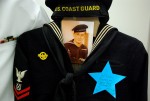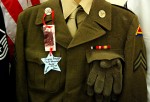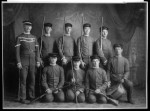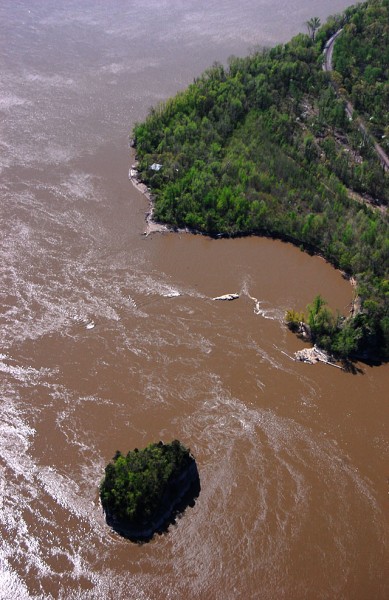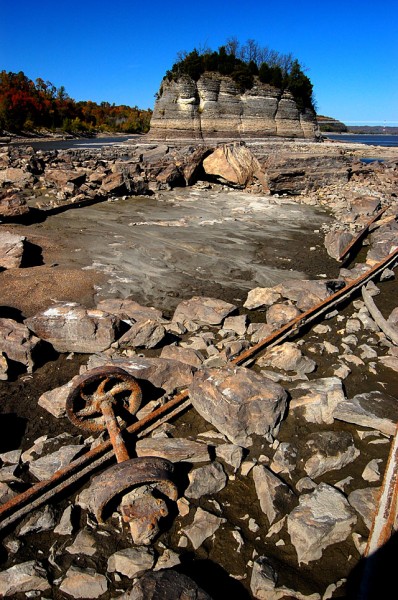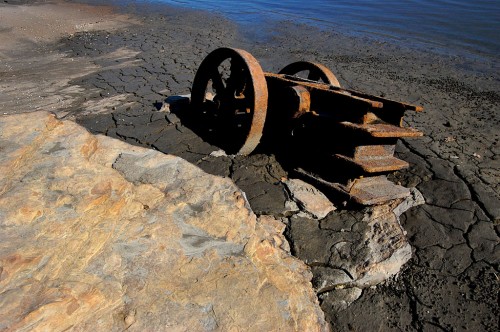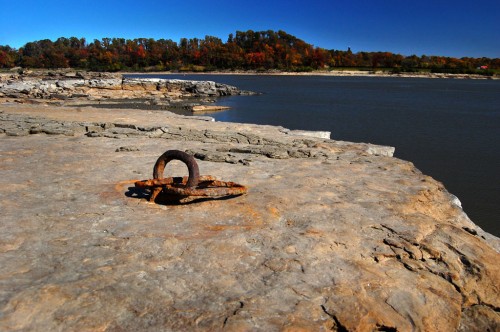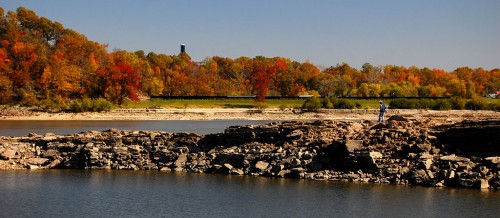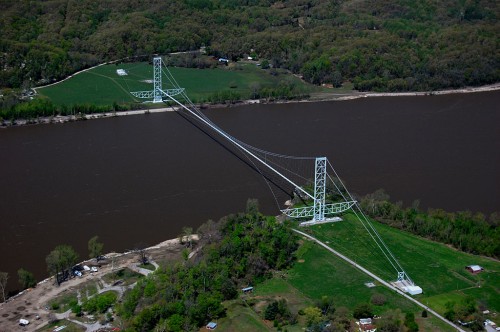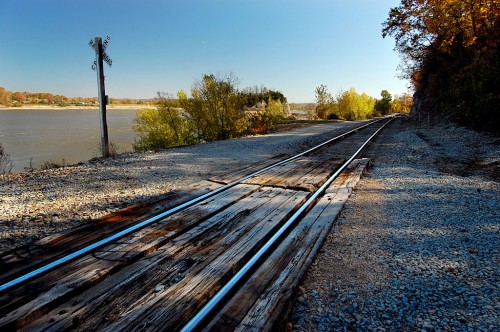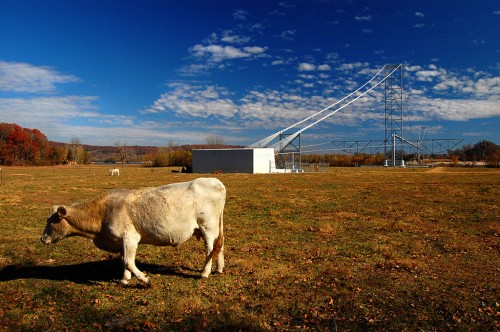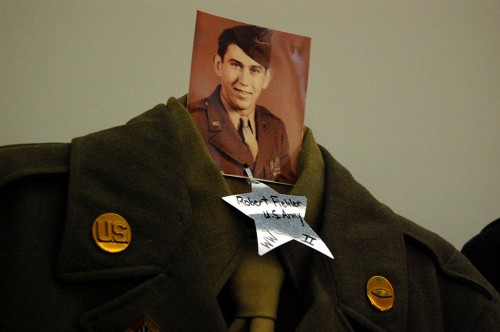 I was spending some more time up at the Altenburg Lutheran Heritage Center and Museum this week interviewing some folks for an exhibit and book I’m working on. The museum volunteers were scurrying around getting ready for their annual Christmas Tree display, so I prowled around looking at other exhibits. My eye was drawn to a set of uniforms worn by servicemen from the Altenburg and Frohna region. It looked perfect for a Veterans Day post.
I was spending some more time up at the Altenburg Lutheran Heritage Center and Museum this week interviewing some folks for an exhibit and book I’m working on. The museum volunteers were scurrying around getting ready for their annual Christmas Tree display, so I prowled around looking at other exhibits. My eye was drawn to a set of uniforms worn by servicemen from the Altenburg and Frohna region. It looked perfect for a Veterans Day post.
I thought one of the men looked familiar. It turned out he was Robert Fiehler, who died Nov. 10, 2009, not long after I had spent some time talking with him in the museum. A nice guy. I photographed Mrs. Fiehler setting up the Christmas tree exhibit last year. (She’s in the first photo on the page.) His son, Gerard, has been my guide to area landmarks and people.
“Hell, SOMEBODY’S got to go”
Gerard has a lot of Bob’s mannerisms and gestures. It’s easy to see the father in the son. Gerard said, “I remember when Dad found out he wasn’t going to make it much longer, he said, ‘Us World War II guys are going at 1,500 a day. Hell, SOMEBODY’S got to go.'”
Gerard said his dad was the last of the World War II vets from the area to have served in Germany; the other survivors – and he thought there might only be three – had been in the Pacific.
Good German names
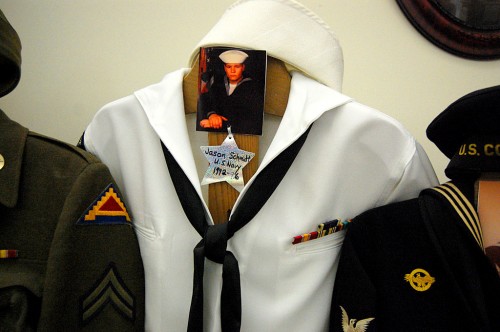 The East Perry County boys who went off to serve had good German names like Fiehler, Schlichting, Gerler, Schmidt and and Petzoldt.
The East Perry County boys who went off to serve had good German names like Fiehler, Schlichting, Gerler, Schmidt and and Petzoldt.
The Cape Girardeau and Perry County German-Americans went off to defend a country that didn’t take kindly to their heritage. During World War I, many of the churches stopped having services in German and families spoke the language only at home because of anti-German sentiments.
The Deutscher Volkfreund, a German-language newspaper in Jackson, which eventually became The Jackson Pioneer, was forced to switch to English when a mob gathered at the office and threatened to destroy all the German type. (The Pioneer hired me as a reporter / photographer /engraver / all-around flunky when I was a junior in high school. I wasn’t hired for my German surname; I was hired because I’d work cheap and was a Barry Goldwater Republican.)
Altenburg Militia: “Better bring your lunch”
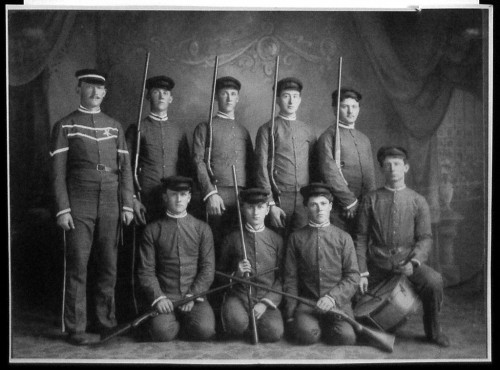 The men of Altenburg, hearing of mobs burning German books in churches and schools in the area, formed the Altenburg Militia. When the word came that the community was going to be attacked, they responded, “You better bring a lunch, because it’s going to take all day.” The attack never came.
The men of Altenburg, hearing of mobs burning German books in churches and schools in the area, formed the Altenburg Militia. When the word came that the community was going to be attacked, they responded, “You better bring a lunch, because it’s going to take all day.” The attack never came.
Photo Gallery of Service Uniforms
Click on any photo to make it larger, then click on the left or right side to move through the gallery. This exhibit moved me much more than a lot of similar displays. Maybe because I actually knew one of the men whose uniform I was looking at or it might have been the pairing of the actual uniform with a photo of the man who wore it. Take a few minutes to thank a veteran for his or her service.
Here’s a link to my post from last Veterans Day.



